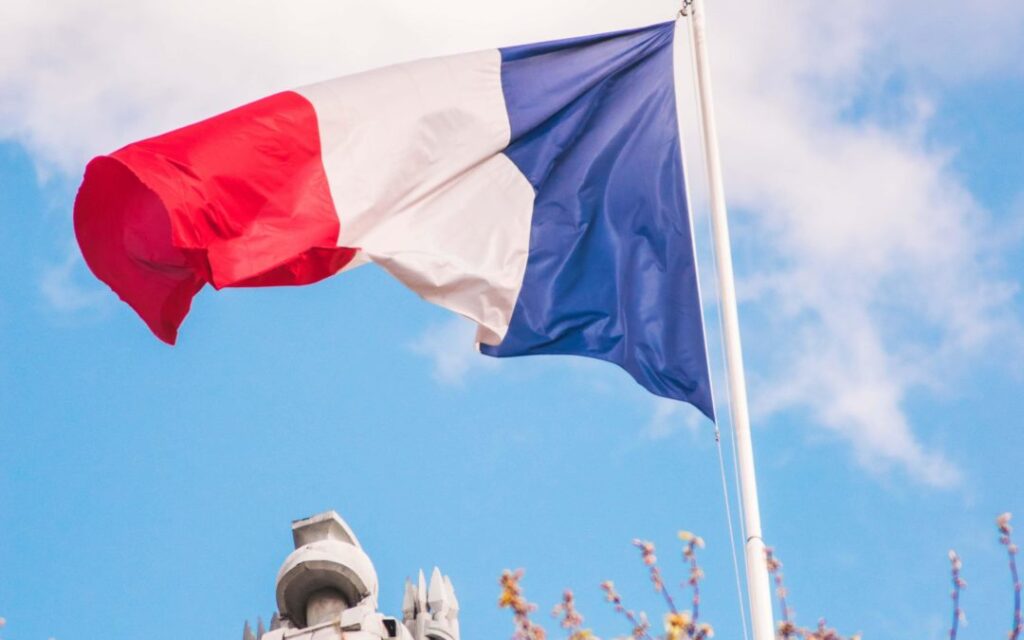
Pavoisement: A Comprehensive Guide to Naval Flag Displays and Maritime Celebrations
Pavoisement, a term derived from the French word ‘pavoiser,’ refers to the practice of decorating a ship or building with flags, ensigns, and streamers for celebratory or festive occasions. This vibrant display is steeped in maritime tradition, signifying a moment of joy, respect, or commemoration. Understanding the nuances of pavoisement involves delving into its history, the specific flags used, and the protocols observed. This article provides a comprehensive overview of pavoisement, exploring its origins, significance, and modern-day applications.
The Historical Roots of Pavoisement
The origins of pavoisement can be traced back to the age of sail, when ships were adorned with flags to signal their identity, intentions, or simply to mark a special event. In the past, during naval battles, ships would use ‘pavises’ – large shields – hung over the sides to protect the crew from enemy fire. While not directly related to the modern practice, this use of shields foreshadows the idea of decorating a vessel for a specific purpose. Over time, the practical function evolved into a more symbolic one, with flags replacing shields as the primary means of visual communication and celebration.
As naval traditions solidified, pavoisement became a standard practice for marking significant events such as royal visits, victories at sea, or national holidays. The sheer spectacle of a ship decked out in flags served as a powerful symbol of national pride and maritime strength. The arrangement and type of flags used often carried specific meanings, understood by those familiar with naval customs.
Understanding the Flags Used in Pavoisement
The flags used in pavoisement are not chosen at random. They typically include the national ensign of the country to which the ship belongs, as well as signal flags, house flags (representing the shipping company), and decorative streamers. The specific selection of flags can vary depending on the occasion and the traditions of the maritime nation involved.
Signal flags, in particular, play a crucial role in pavoisement. These flags, part of the International Code of Signals, represent letters of the alphabet and numbers, and can be combined to spell out messages. While a full pavoisement doesn’t necessarily spell out a coherent message, the use of signal flags adds a layer of visual complexity and historical significance. The arrangement is often aesthetically driven, prioritizing a balanced and colorful display.
It’s important to note that the use of certain flags may be restricted or reserved for specific occasions. For example, a naval jack (a special flag flown at the bow of a warship) may only be displayed by warships of a particular nation. Misuse of these flags can be considered a breach of maritime etiquette or even a violation of law.
The Protocol of Pavoisement
Pavoisement is not simply a matter of hanging flags haphazardly. There are established protocols that govern the practice, ensuring that it is carried out in a respectful and appropriate manner. These protocols typically dictate the order in which flags are displayed, the height at which they are flown, and the specific occasions for which pavoisement is permitted.
Generally, the national ensign is flown at the stern of the ship, while other flags are displayed along the mast and rigging. The overall effect should be symmetrical and visually appealing. In some cases, flags may be arranged in a specific pattern to convey a particular message or to honor a specific individual or event.
Timing is also crucial. Pavoisement typically begins at sunrise and ends at sunset, unless otherwise specified. The flags are raised and lowered ceremoniously, often accompanied by music or other celebratory activities. It is considered disrespectful to leave flags flying at night, unless there is a specific reason to do so.
Modern-Day Applications of Pavoisement
While pavoisement is rooted in naval tradition, it is still practiced today in a variety of contexts. It is commonly seen on ships during maritime festivals, regattas, and other celebratory events. Waterfront buildings, such as yacht clubs and maritime museums, may also be decorated with flags to create a festive atmosphere.
In addition to its purely decorative function, pavoisement can also be used to commemorate significant historical events or to honor individuals who have made important contributions to the maritime industry. For example, a ship might be decorated with flags to mark the anniversary of a famous naval battle or to pay tribute to a renowned shipbuilder.
Furthermore, the principles of pavoisement are sometimes applied in non-maritime settings. For example, buildings may be decorated with flags for national holidays or to celebrate the achievements of a particular organization. While the specific flags used may differ, the underlying concept of using flags to create a festive and celebratory atmosphere remains the same.
Examples of Pavoisement in Action
Consider the annual Bastille Day celebrations in France. Naval vessels in French ports are often adorned with a full pavoisement, showcasing the French tricolor alongside a variety of signal flags and decorative streamers. This vibrant display serves as a powerful symbol of national pride and maritime heritage.
Another example can be found during Tall Ships festivals, where sailing vessels from around the world gather in port. Each ship typically displays its national ensign, as well as other flags that reflect its history and affiliation. The resulting spectacle is a colorful and visually stunning representation of international maritime cooperation.
Even smaller vessels, such as yachts and recreational boats, may participate in pavoisement during special events. Owners often take pride in decorating their boats with flags, creating a festive atmosphere and demonstrating their love of the sea.
The Symbolic Significance of Pavoisement
Beyond its purely decorative function, pavoisement carries a deep symbolic significance. It represents a connection to maritime history, a celebration of national pride, and a demonstration of respect for naval traditions. The act of decorating a ship with flags is a way of honoring the sea and the people who have dedicated their lives to it.
The flags themselves can also carry symbolic meaning. The national ensign represents the sovereignty and identity of the country to which the ship belongs. Signal flags can be used to convey specific messages, while house flags represent the commercial interests of the shipping company. The overall effect is a rich tapestry of symbols that reflect the complex relationship between humans and the sea.
In a broader sense, pavoisement can be seen as a symbol of optimism and hope. The vibrant colors and festive atmosphere associated with the practice evoke a sense of joy and celebration. It is a reminder that even in the face of adversity, there is always reason to celebrate the human spirit and the enduring power of the sea. The traditions of pavoisement continue to connect us to our past, while looking forward to the future.
Conclusion
Pavoisement is more than just a decorative practice; it is a rich tradition steeped in maritime history and symbolism. Understanding the nuances of pavoisement involves appreciating the historical context, the specific flags used, and the protocols observed. Whether it is a grand naval vessel or a small recreational boat, the act of decorating a ship with flags is a way of honoring the sea, celebrating national pride, and connecting with a long and storied maritime heritage. The practice of pavoisement remains a vibrant and meaningful expression of our enduring relationship with the ocean. [See also: Maritime Flag Etiquette] [See also: History of Naval Flags]

